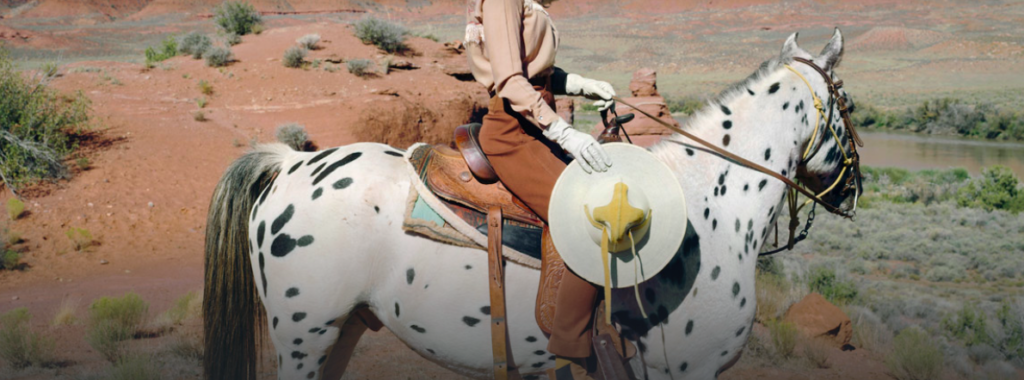Anja Niemi is a creator of elaborate fictions. At once artist and subject, she reimagines the genre of self-portraiture through photographic tableaux-vivants.
Employing two seemingly opposing aesthetic strategies – beauty and the unheimlich, or uncanny, – Niemi’s imagery sutures Hitchcockian Blondes into Lynchian landscapes. The seductive beauty of her pastel colour palette, lavish interiors, and immaculately coiffed, hyper-feminine characters, invites the viewer to judge by appearance. At the same time, by offering the body doubled, or in fragments, in awkward poses, we are compelled to wonder.
Fotografiska Tallinn’s exhibition lead Maarja Loorents says that Niemi’s work is built up like motion picture episodes. “The artist stages scenes using different roles and characters. Her style gives an exciting addition to our opening exhibitions as a whole. Next to Niemi other featured artists are Jimmy Nelson, Pentti Sammallahti and Anna-Stina Treumund.” Loorents adds that the exhibition shows Niemi’s work from the last decade and all the guests of Fotografiska can meet Anja Niemi in person on 20th June.
From Niemi’s earliest series, her images explore the construction of femininity in society and in its mirror image, film, The undercurrent of violence glimpsed in the idealised 1950s women of Starlets, is played out further in the iconic Darlene & Me, in which Niemi stages a series of encounters with an always divided self. Darlene, doubled, in the desert,
represents the active internal dialogue that inhabits us all, inviting us to do one thing, when our instincts pull us in another direction entirely.
Inspired by Western movies she watched as a child, Niemi repurposes the stereotypical classifications of women and men in She Could Have Been a Cowboy. This playful series shifts between the character of the cowboy, clad in leather and denim, free to dance at will, and ‘The Girl of Constant Sorrow,’ restricted by the prettiness and pinkness of her dress. The cowboy has the freedom of the desert; she can ride into the sunset on her piebald horse at any time, yet still, she is stalked by a doppelganger, hiding in plain sight behind a rock. The thought arises: who is free to be who they want to be?
“She Could Have Been A Cowboy is not really about being a cowboy. It’s about wanting to be another. I wanted something that could stand for a vast number of things, a symbol for all those dreams not being fulfilled, whether they are to do with sexuality, gender, religion, or lifestyle. Big or small, I think a lot of us have something we wish we could do or be, but something prevents us,” describes Anja Niemi.
Within Niemi’s meticulously-chosen interiors, astonishing transformations take place. The Woman Who Never Existed wears sumptuous gowns and commands her palatial room as her stage. With each image, the character becomes even more ethereal, rendered indistinguishable from the floral wallpaper in her painted prison, for so it seems to become. Ultimately, she executes her disappearance.
Always working alone, Niemi ensures her characters possess a sense of infinite solitude. Even when in conflict with a doubled self, the face betrays no trace of emotion. Doll-like and expressionless, a sense of a specific self is masked – sometimes literally – or altogether absent.
Gallery name: Fotografiska Tallinn
Address: Telliskivi 60a/8, Tallinn
Opening hours: Mon, Sun 09:00 - 21:00, Tue-Thu 09:00 - 23:00, Fri-Sat 09:00 - 01:00
Open: 01.06.2019 - 15.09.2019







